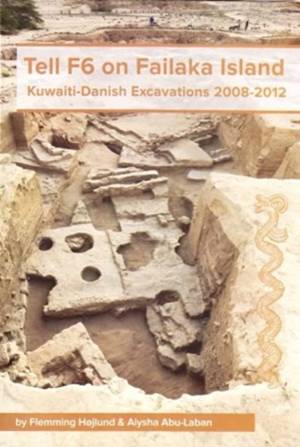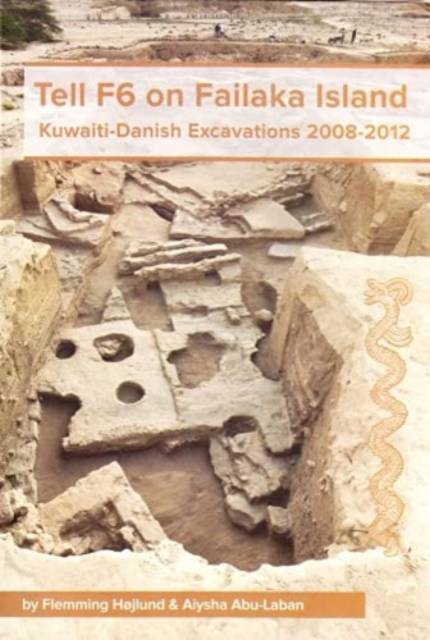
- Afhalen na 1 uur in een winkel met voorraad
- Gratis thuislevering in België vanaf € 30
- Ruim aanbod met 7 miljoen producten
- Afhalen na 1 uur in een winkel met voorraad
- Gratis thuislevering in België vanaf € 30
- Ruim aanbod met 7 miljoen producten
Zoeken
Tell F6 on Failaka Island
Kuwaiti-Danish Excavations 2008-2012
Flemming Højlund, Aiysha Abu-Laban, Gunnar Sperveslage, Jesper Eidem, Anna Hilton, Ann Andersson, Jonathan M. Kenoyer, Thomas van de Velde
€ 58,95
+ 117 punten
Omschrijving
Throughout the 3rd and 2nd millennium BC, the Arabian Gulf served as a dynamic waterway connecting ancient power centers from Mesopotamia, Iran, Southeast Arabia, and the Indus Valley. Bustling trade routes spurred flourishing civilizations like Dilmun and Makkan, with Failaka Island anchoring key Near Eastern networks.
Specificaties
Betrokkenen
- Auteur(s):
- Uitgeverij:
Inhoud
- Aantal bladzijden:
- 270
- Reeks:
Eigenschappen
- Productcode (EAN):
- 9788793423039
- Verschijningsdatum:
- 30/11/2016
- Uitvoering:
- Hardcover
- Afmetingen:
- 307 mm x 220 mm
- Gewicht:
- 1586 g

Alleen bij Standaard Boekhandel
+ 117 punten op je klantenkaart van Standaard Boekhandel
Beoordelingen
We publiceren alleen reviews die voldoen aan de voorwaarden voor reviews. Bekijk onze voorwaarden voor reviews.








